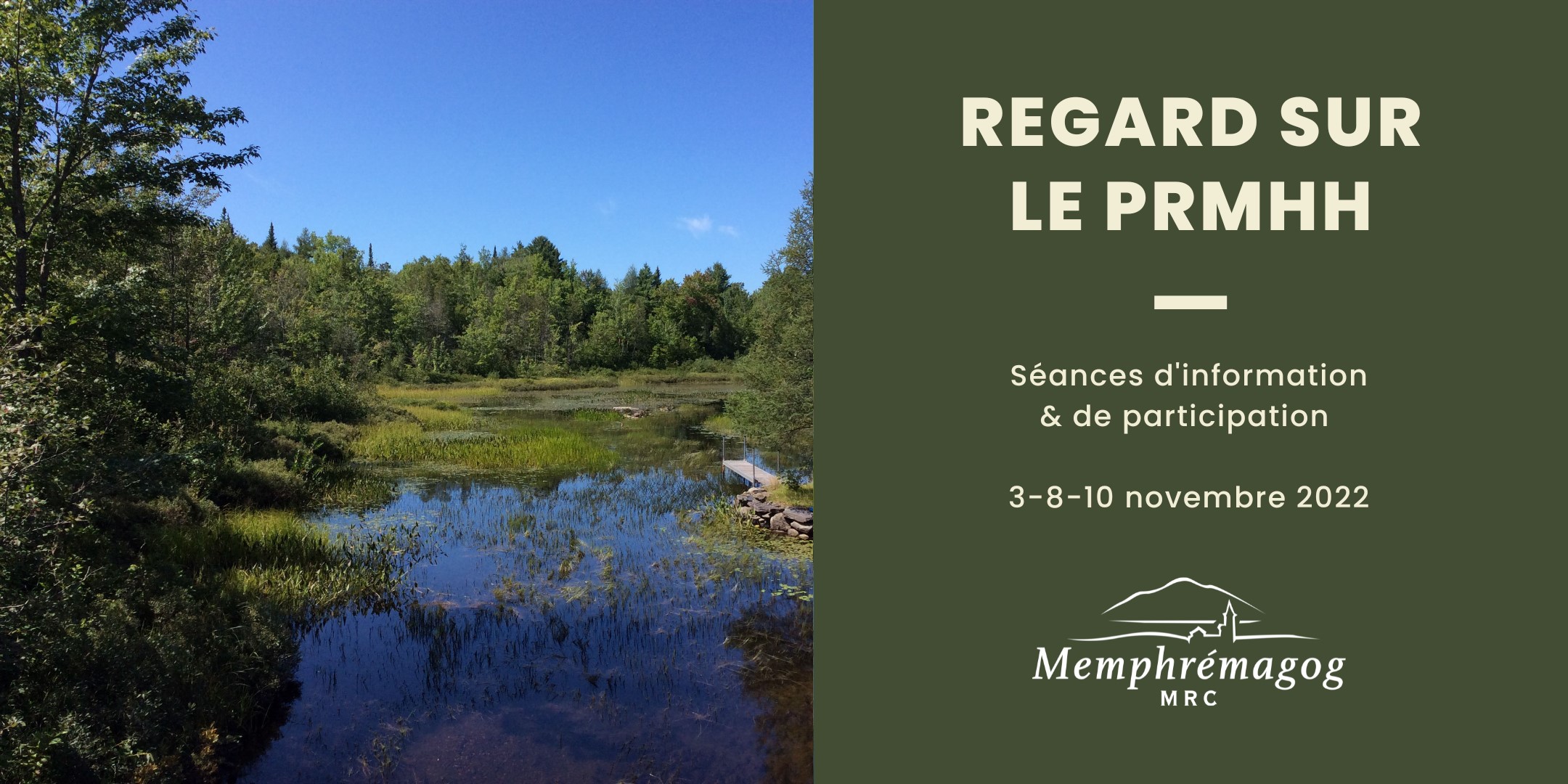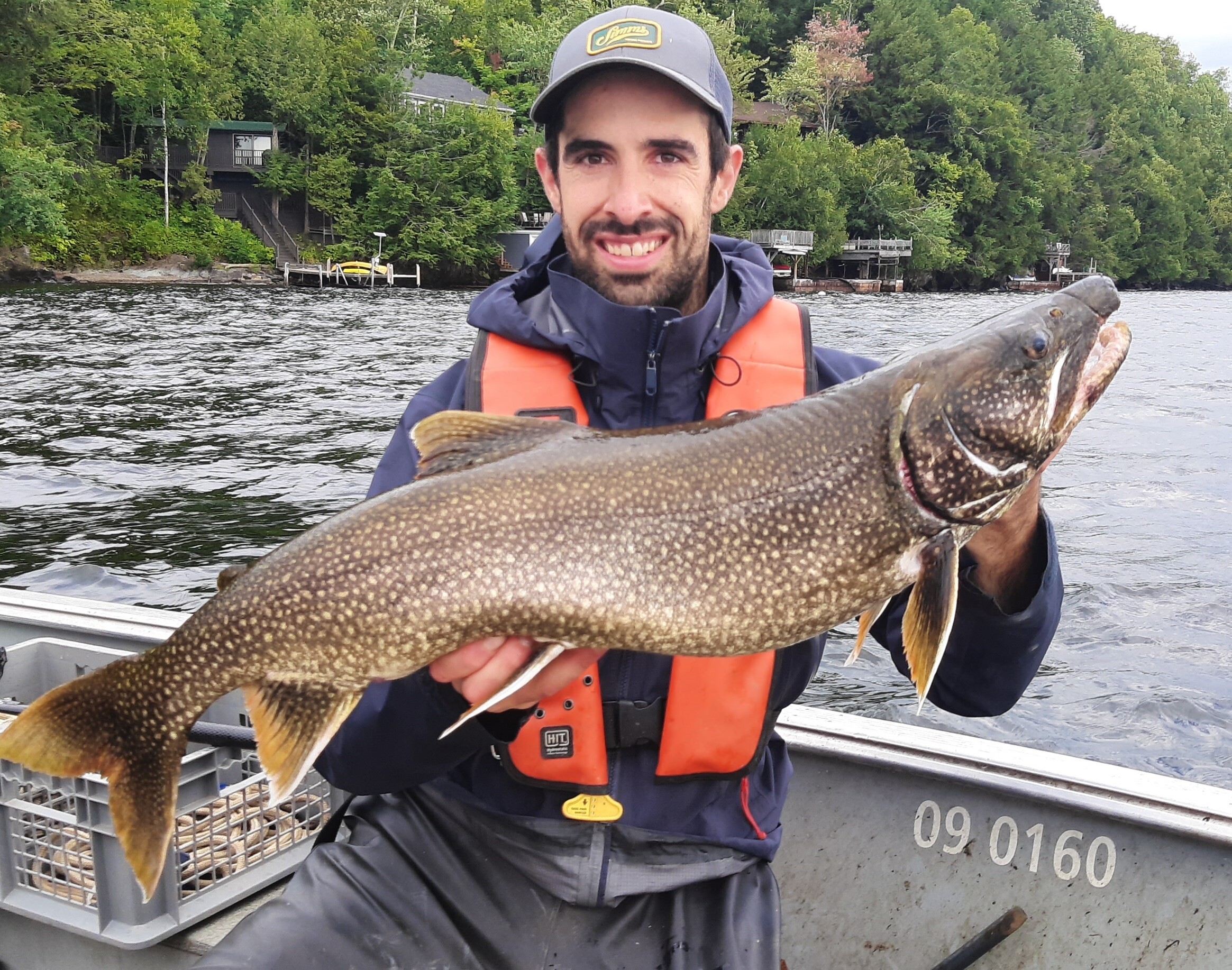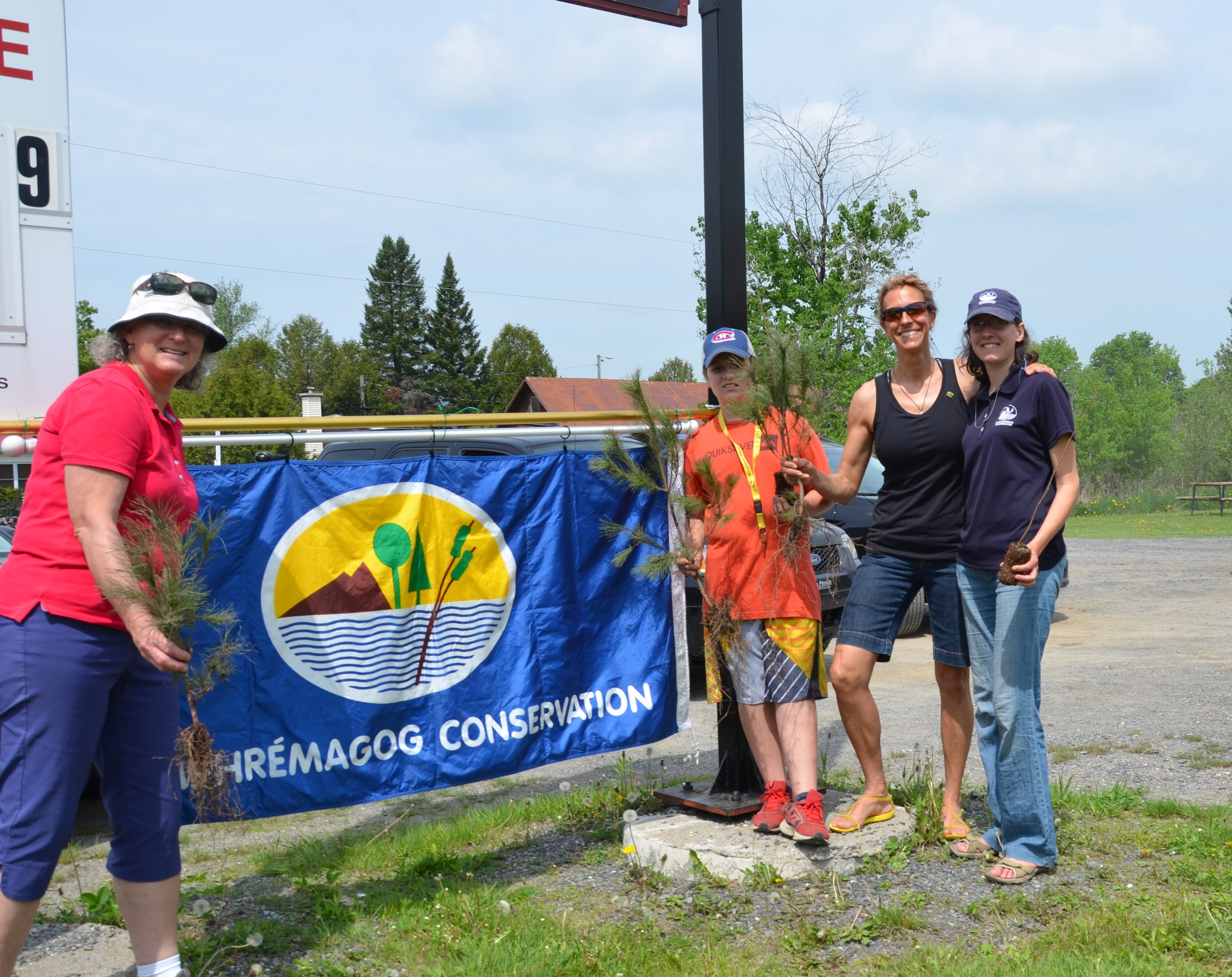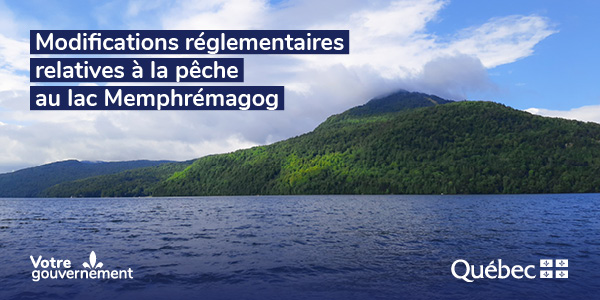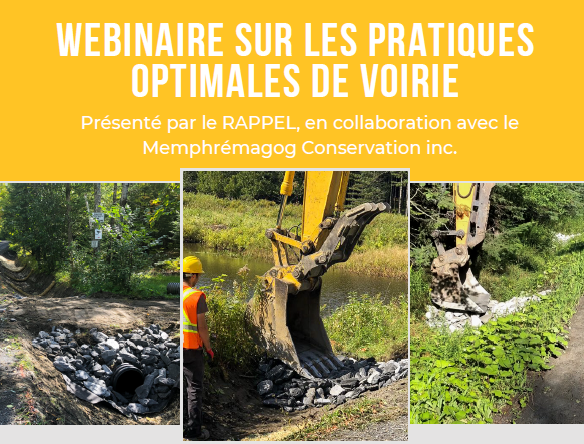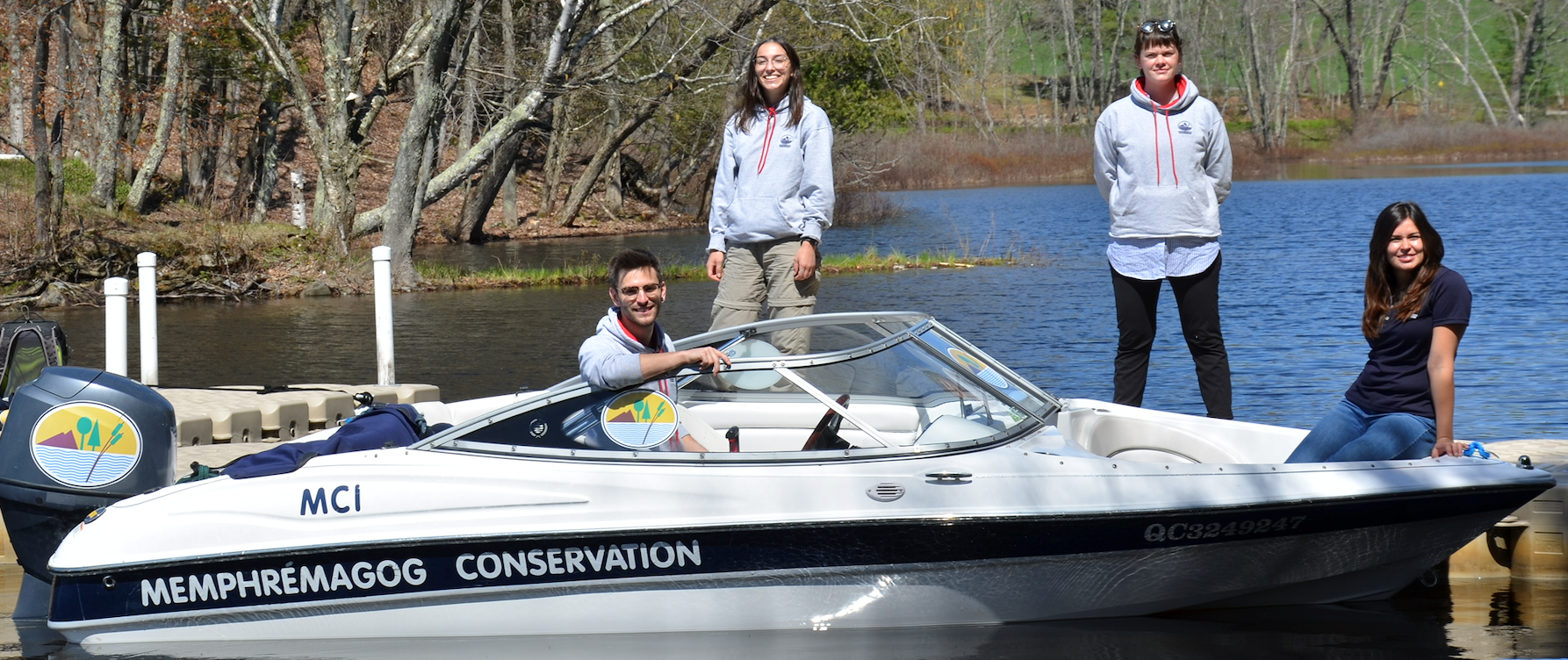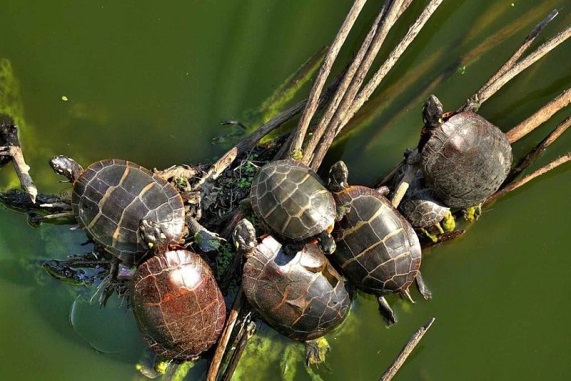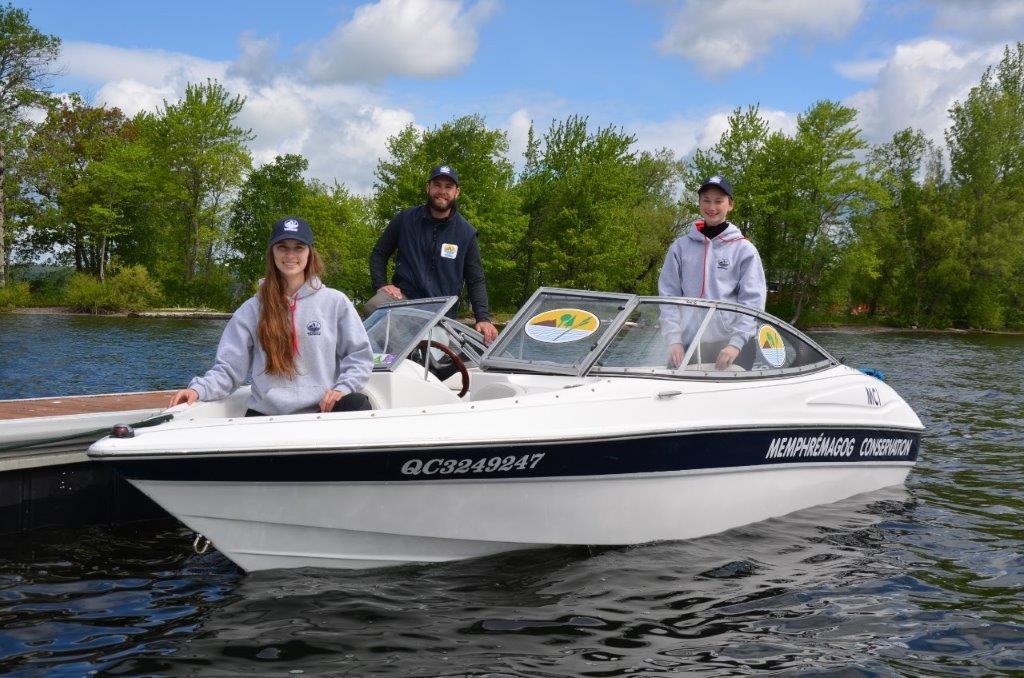Golf Clubs
There are nine golf courses within the Lake Memphremagog watershed. Golfing has the potential for important negative impacts on the environment, especially as concerns the discharge of phosphorous and pesticide residues into aquatic ecosystems. We firmly believe that the reduction of the negative impacts of golf courses in the watershed can only be achieved by the adoption of the Audubon International certification as well as by greater awareness of the issues and by golfers taking responsibility for potential impacts. We invite you to bring your concerns regarding the environment to the personnel and management of your favourite golf course, and to mention the advantages related to Audubon International certification.
The Audubon certification program
The Audubon Cooperative Sanctuary Program for Golf Courses (ACSP-Golf) is a program aimed at golf course managers, to both protect the environment and preserve the heritage of the sport. By joining the program, managers take the following concrete steps:
- planning for the benefit of the environment;
- the responsible use of chemicals;
- water conservation;
- the management of water quality;
- the management of wildlife and wildlife habitat;
- carrying out education and awareness campaigns.
Here are some measures proposed in the program that improve environmental protection:
- reduced water use;
- elimination of exotic invasive plants;
- revegetation of the shorelines of ponds;
- total or partial elimination of the use of pesticides;
- increased use of natural organic fertilizers.
Examples of specific measures and their positive impacts
1. Optimization of the mowing of greens
As explained in the ecological lawns section of the web site, a very low mowing height puts a great deal of stress on plants, encouraging the development of harmful organisms, and thus a greater use of pesticides. Following a few good mowing habits will reduce their negative impact on the environment.
It is essential to increase the mowing height, especially on greens. The current practice is to mow to a height of 4.3 mm on greens, 12.4 mm on tees, 16.3 mm on fairways and 49.5mm in the rough. These practices contriute to keeping the grasses weak and susceptible to disease, which increases their need for pesticides and fertilizers.
The practice of mowing daily contributes to the spread of diseases, and keeps the vegetation in a weakened state requiring fertilizers and pesticides. It is recommended to avoid mowing greens when they are saturated with water in order to avoid scalping. As well, proper management will promote a rotation in the mowing method and leave grass clippings on the surface of fairways and roughs.
2. Reduction in the use of potable water
A typical Québec golf course uses approximately 4,400 cubic metres of water annually to water lawns. To reduce the use of drinking water, every small gesture is important. Here are a few examples:
- avoid the heat of the day when watering;
- only water areas that are dry rather than using a complete irrigation system;
- repair leaks in irrigation systems as soon as they are detected;
- use grass varieties that require less water.
The advantages of certification
There are definite advantages flowing from becoming certified, here are the main ones:
1. Image and reputation
Good environmental practices can help a course stand out from the competition and attract new clients. In 2021, there were eight Québec golf courses certified by Audubon International.
2. Employee safety
A better management of pesticides and other chemicals leads to a reduction in the exposure of workers to these substances and thus to a lessening of the risk when handling them.
3. Financial performance
Efficient environmental management can reduce costs associated with energy, pesticide and fertilizer use, as well as those associated with collection of residual material. Research carried out by Audubon International describes all of the financial advantages of the environmental management of a golf course.
4. Employee and client satisfaction
The commitment of a business to environmental protection is often a source of pride for workers and can increase their sense of belonging. As well, improved practices can strongly contribute to a richer experience for clients.



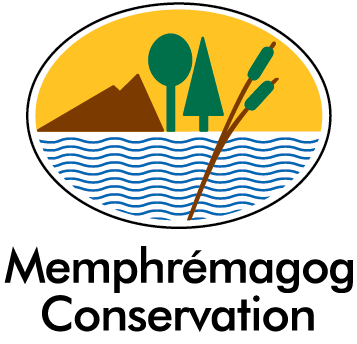
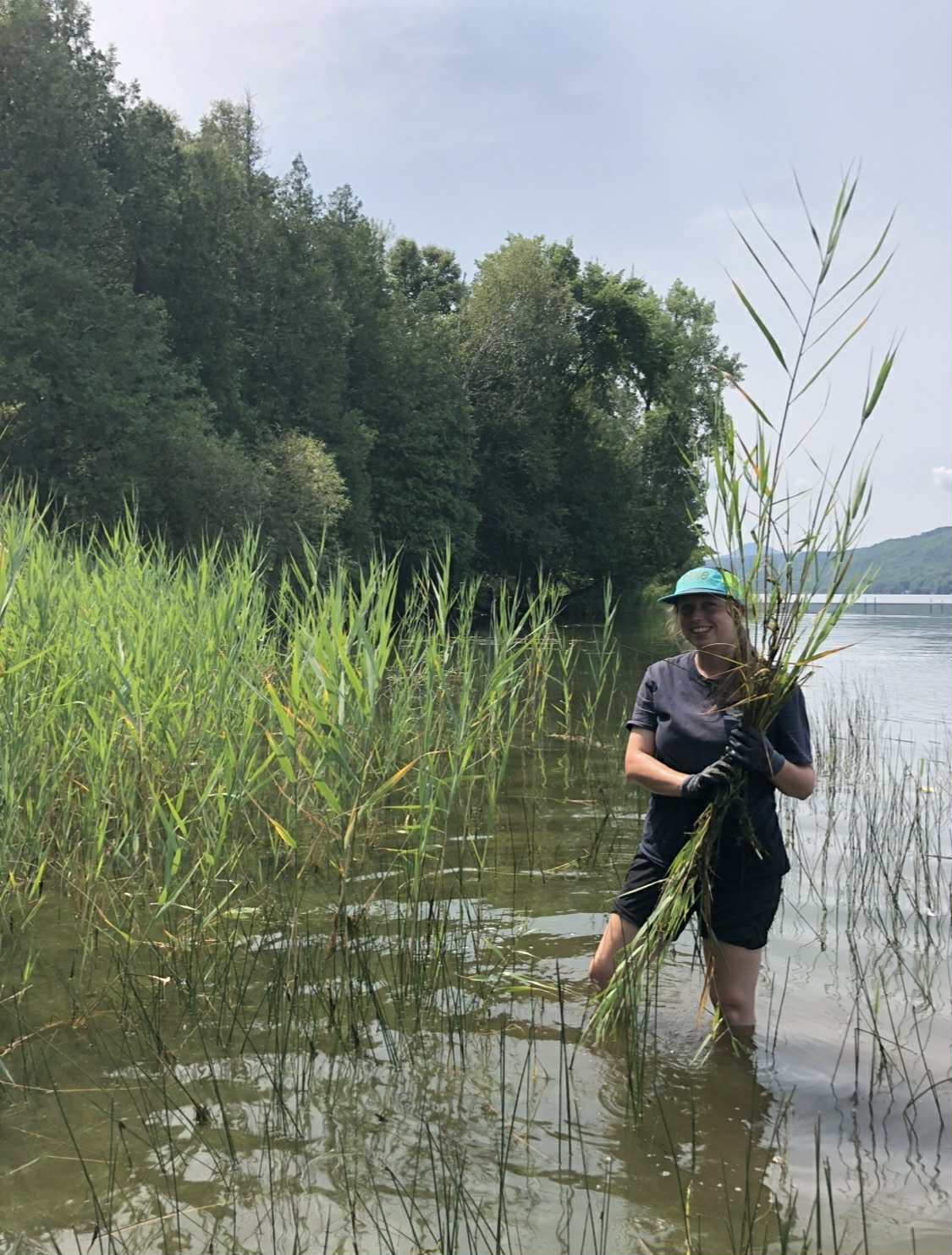



.png)
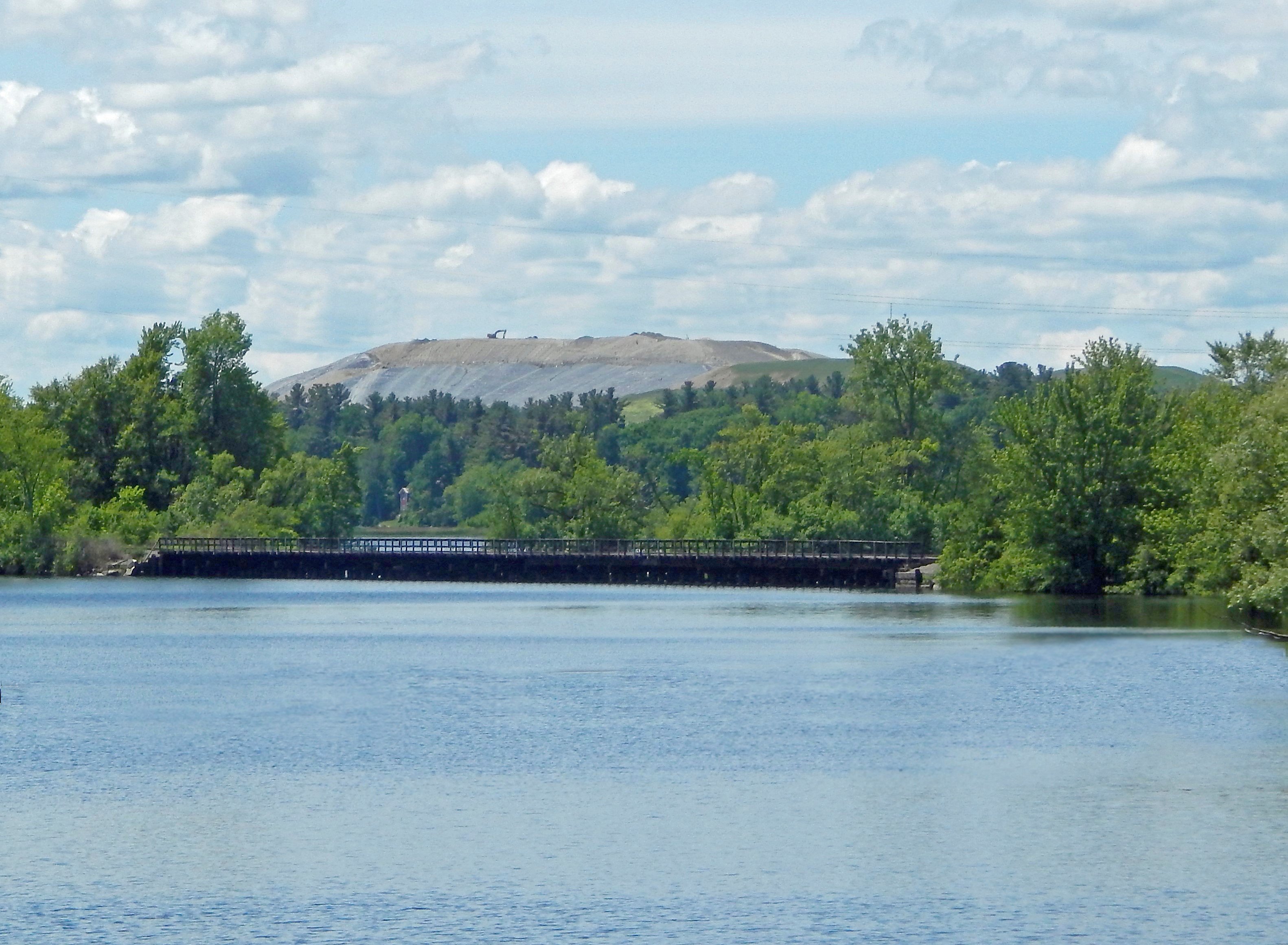


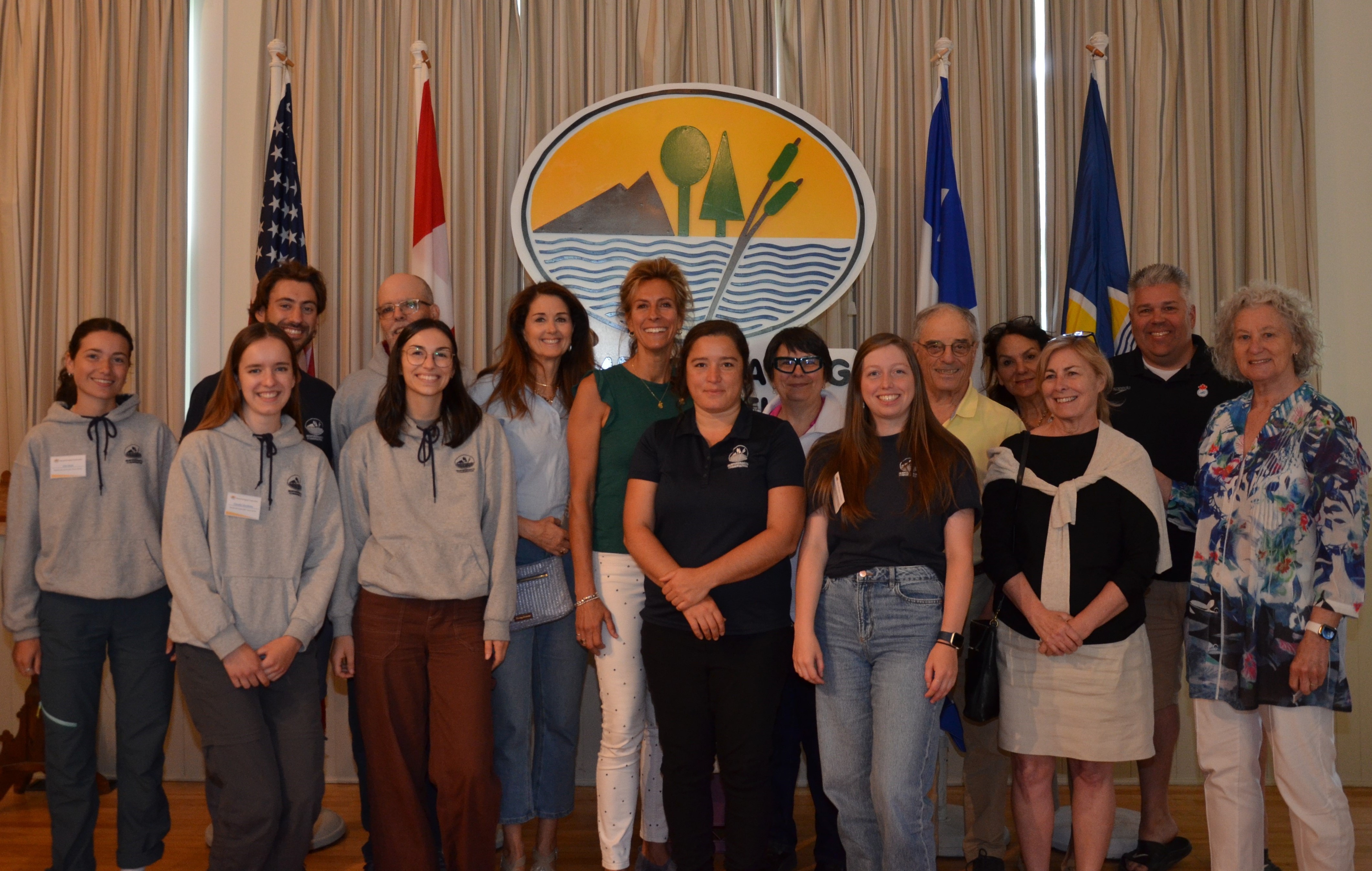

.JPG)
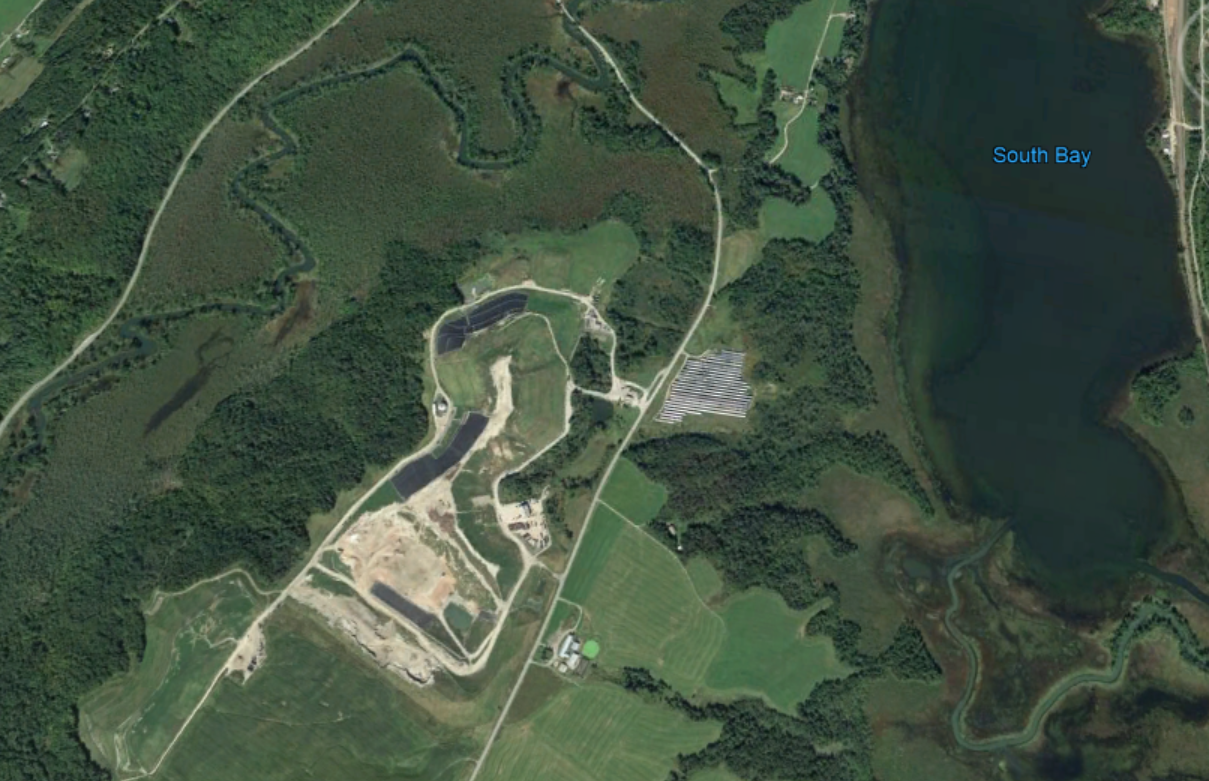
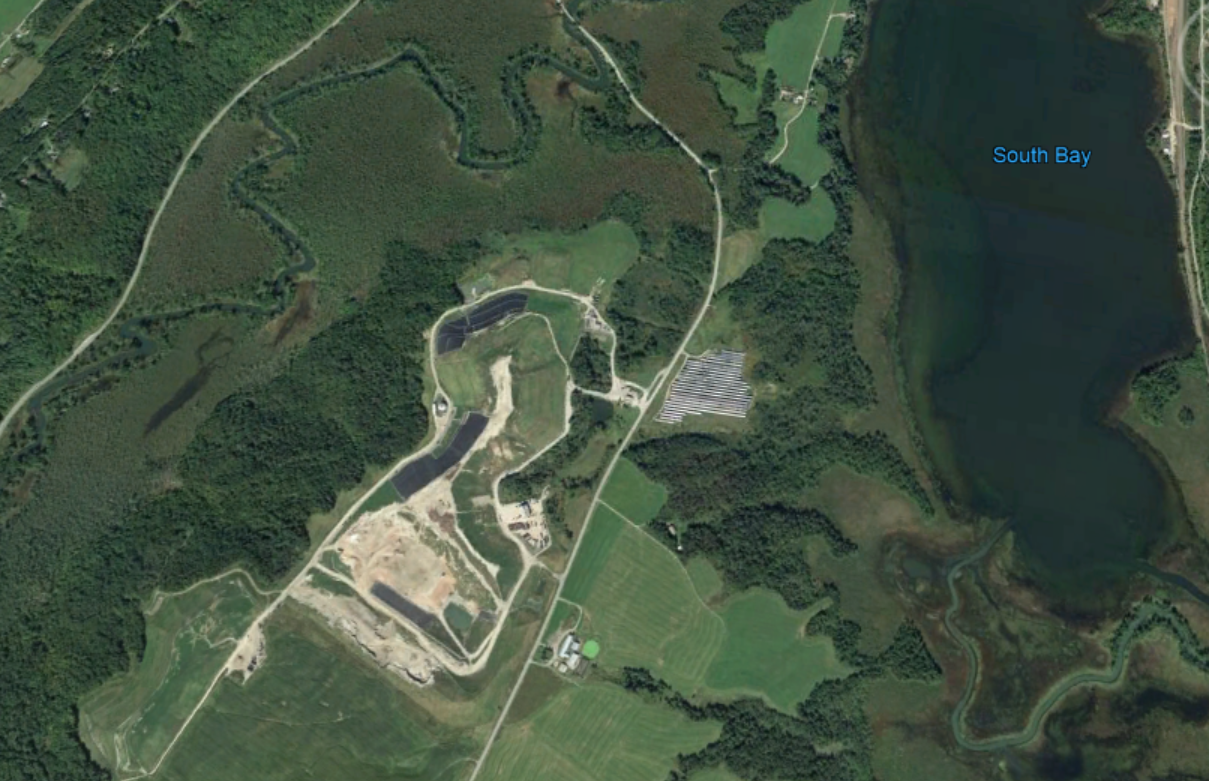



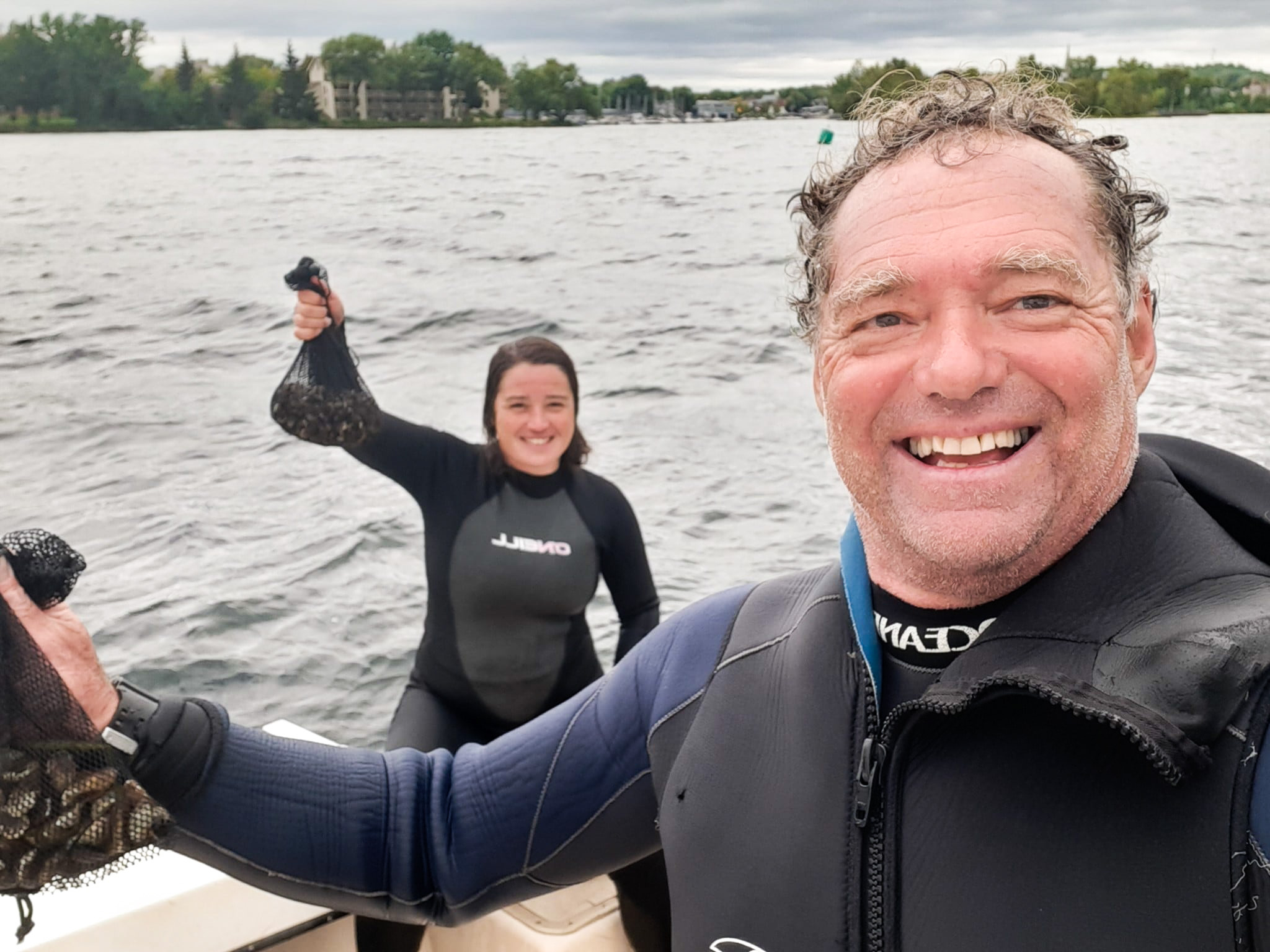

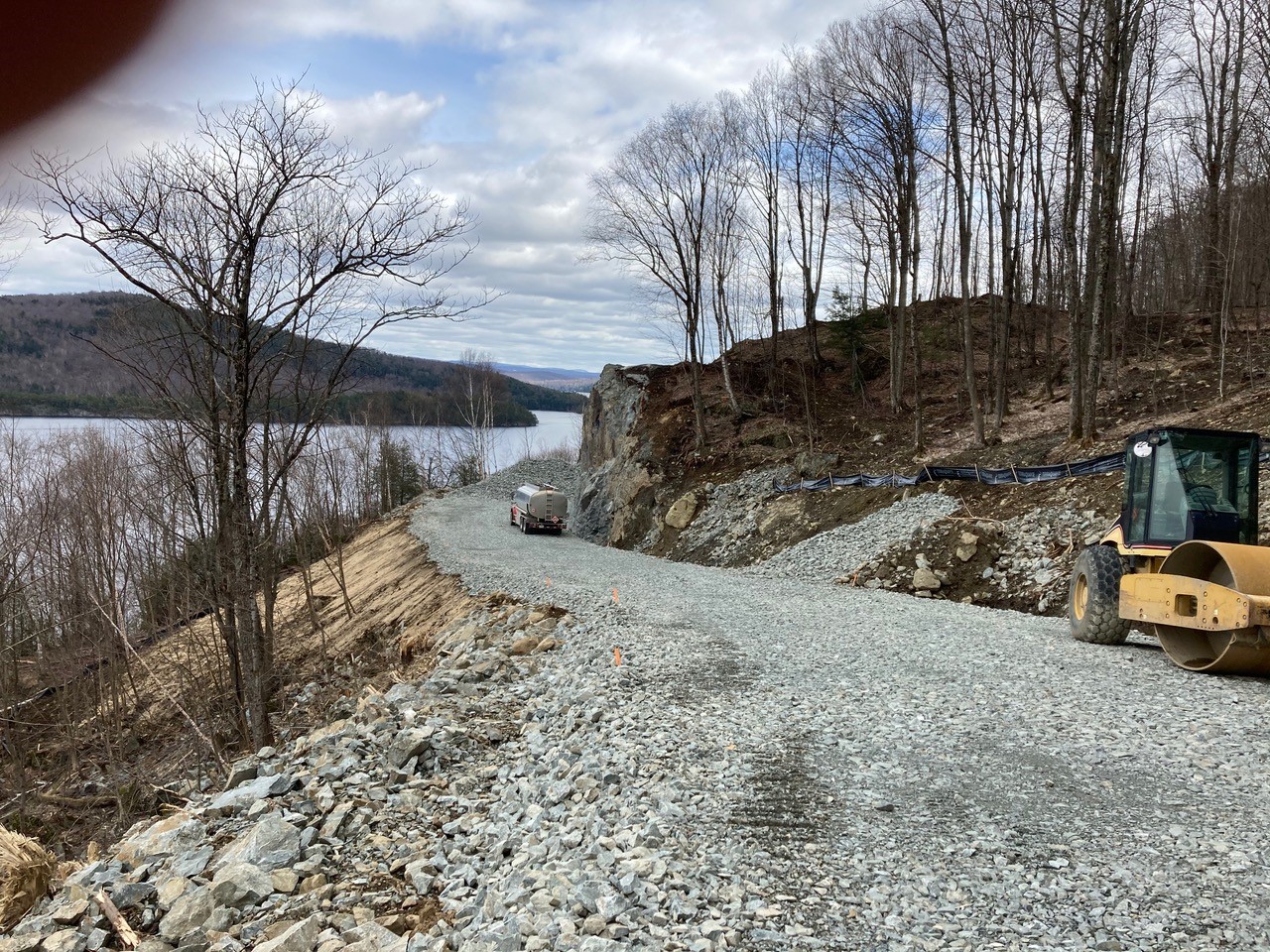
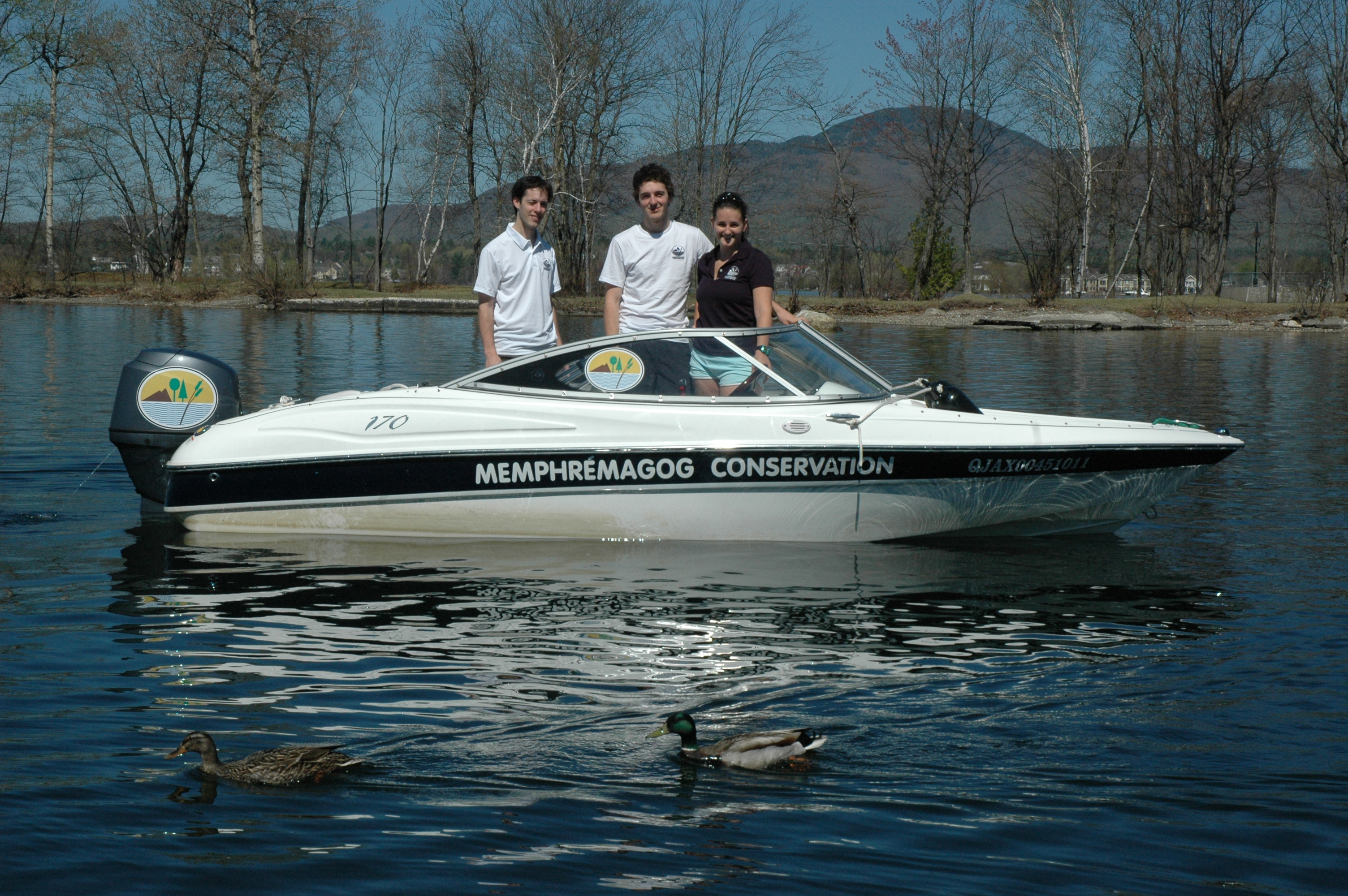


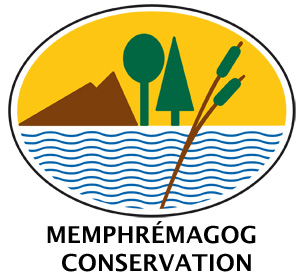

















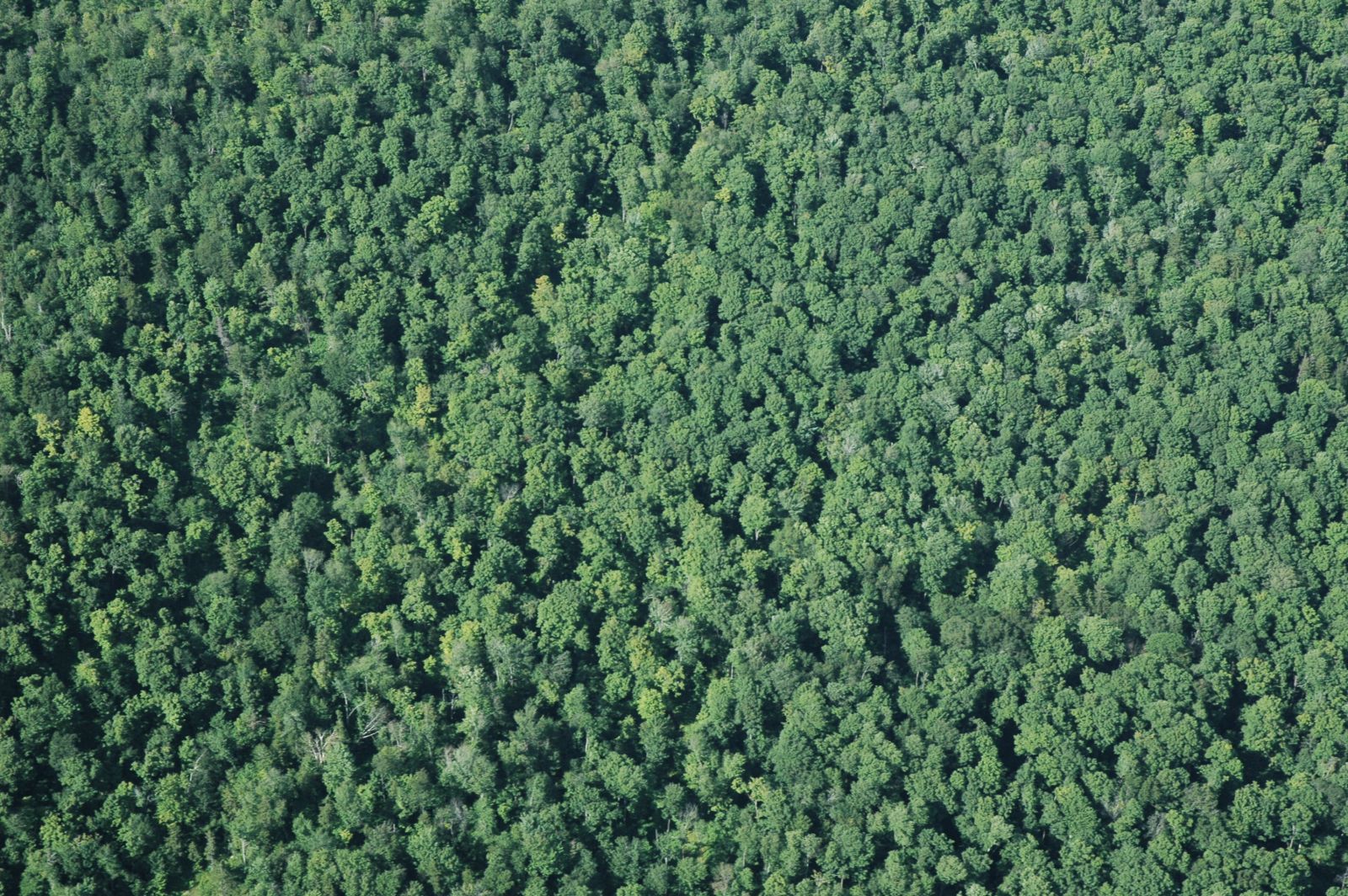


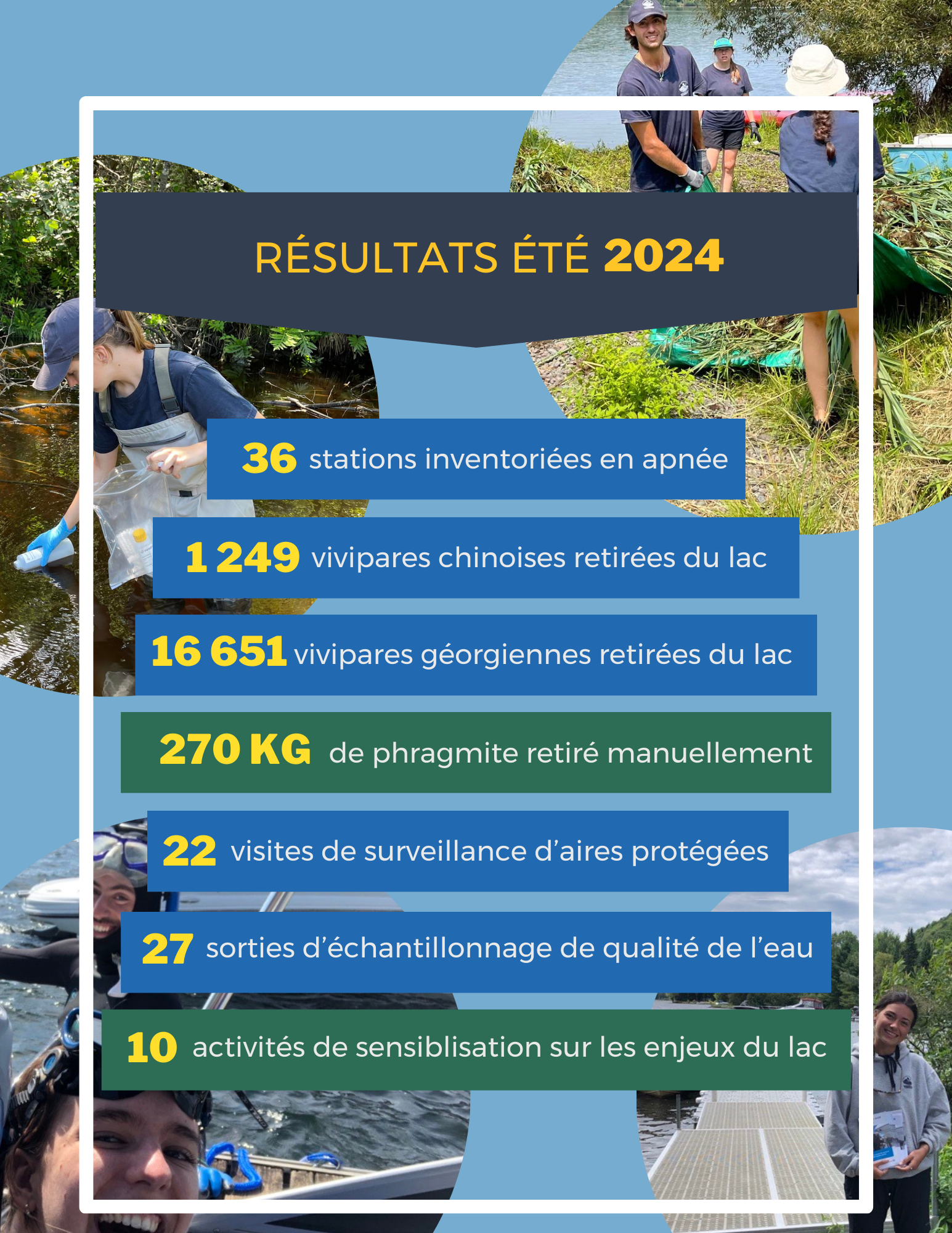
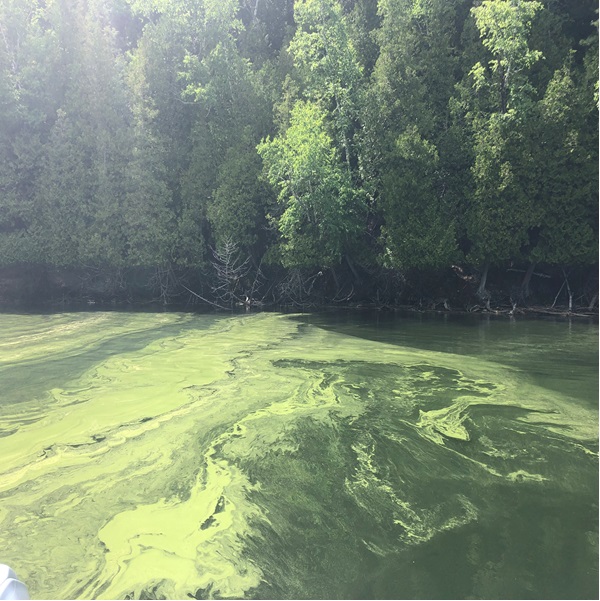
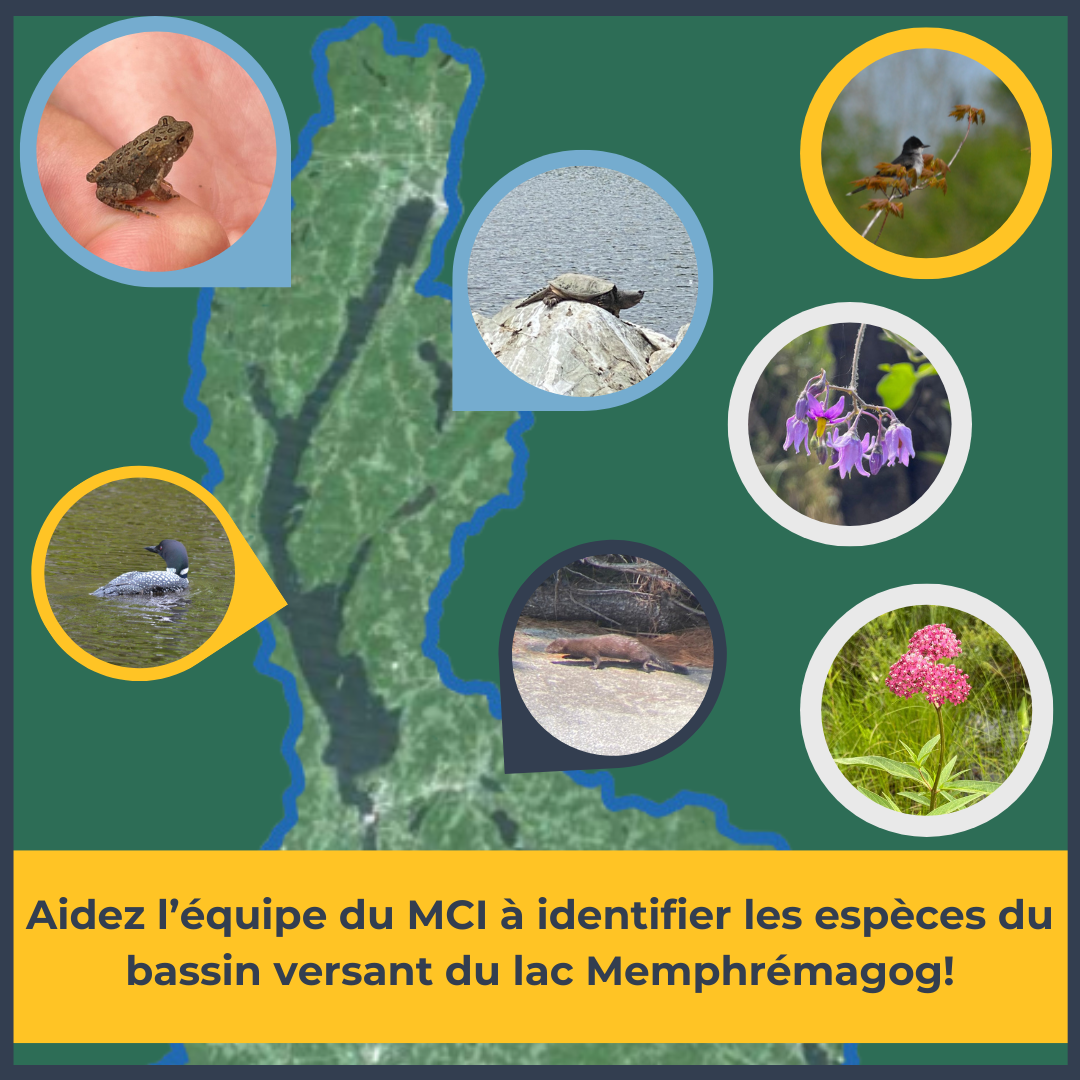
.JPG)





